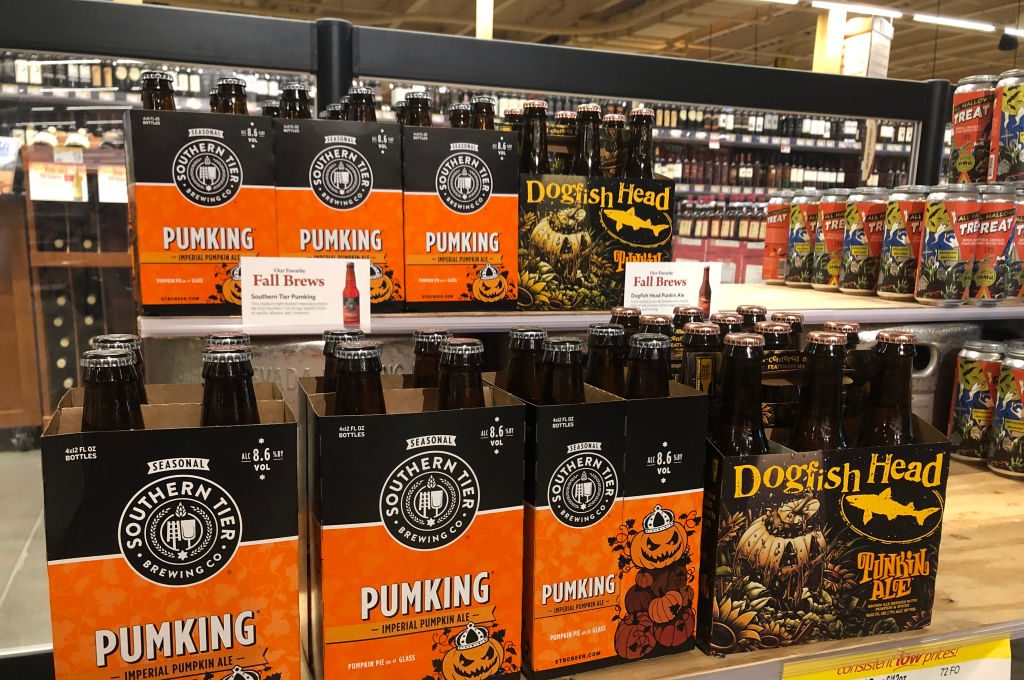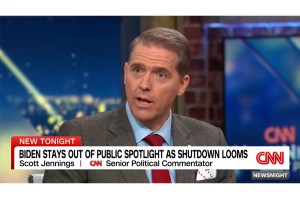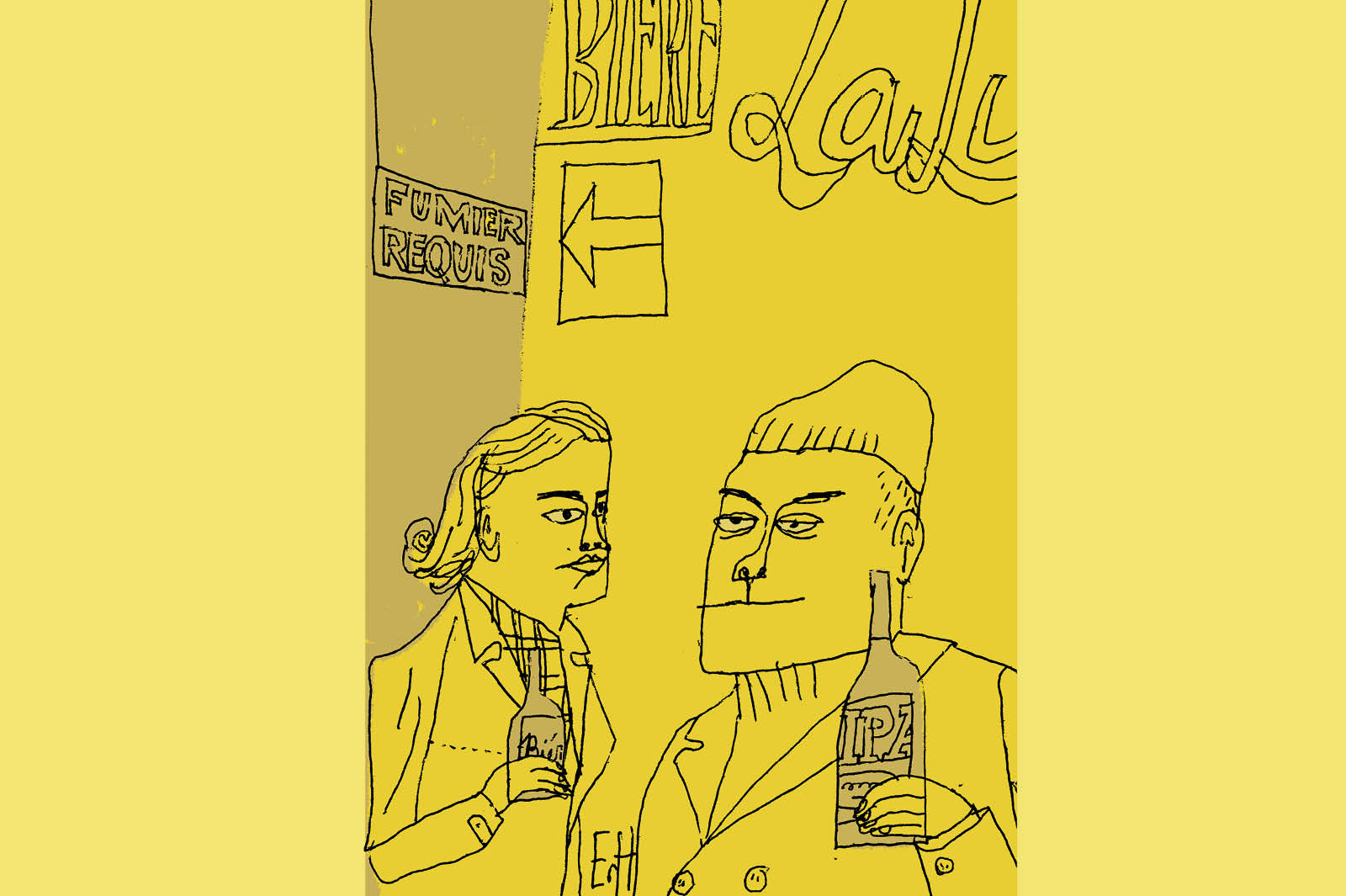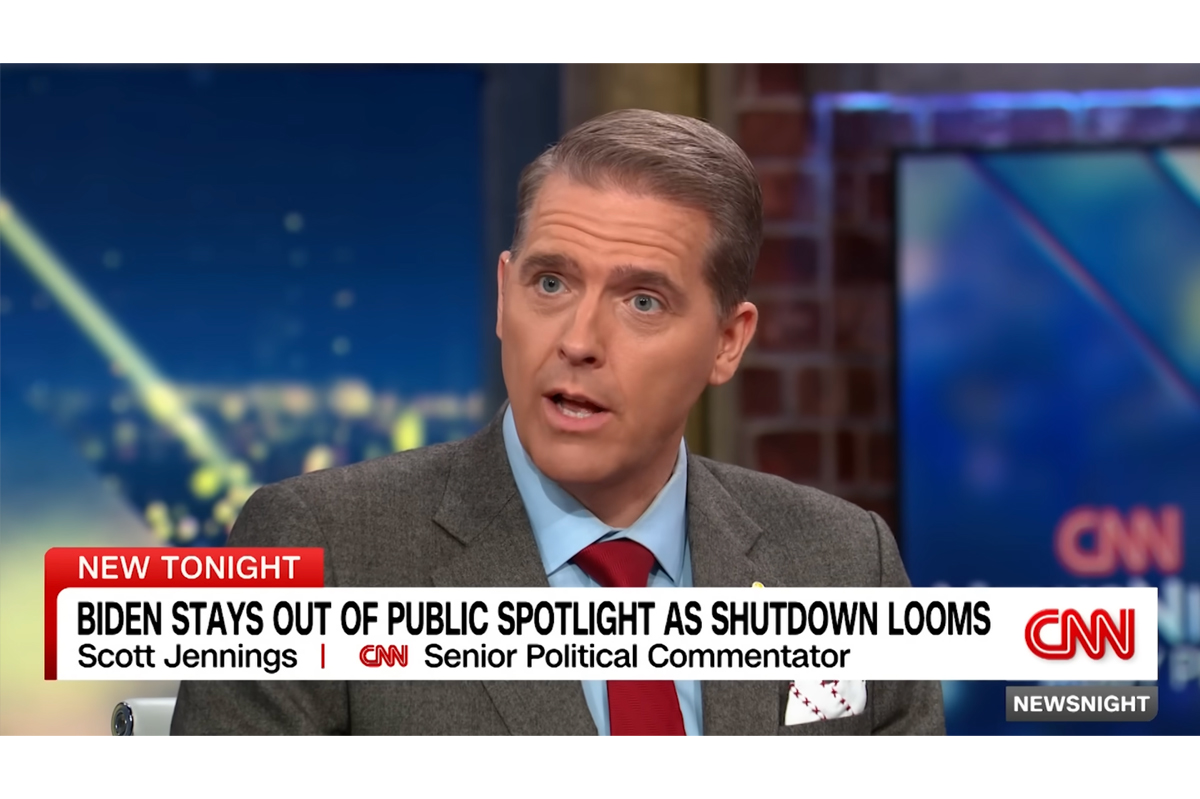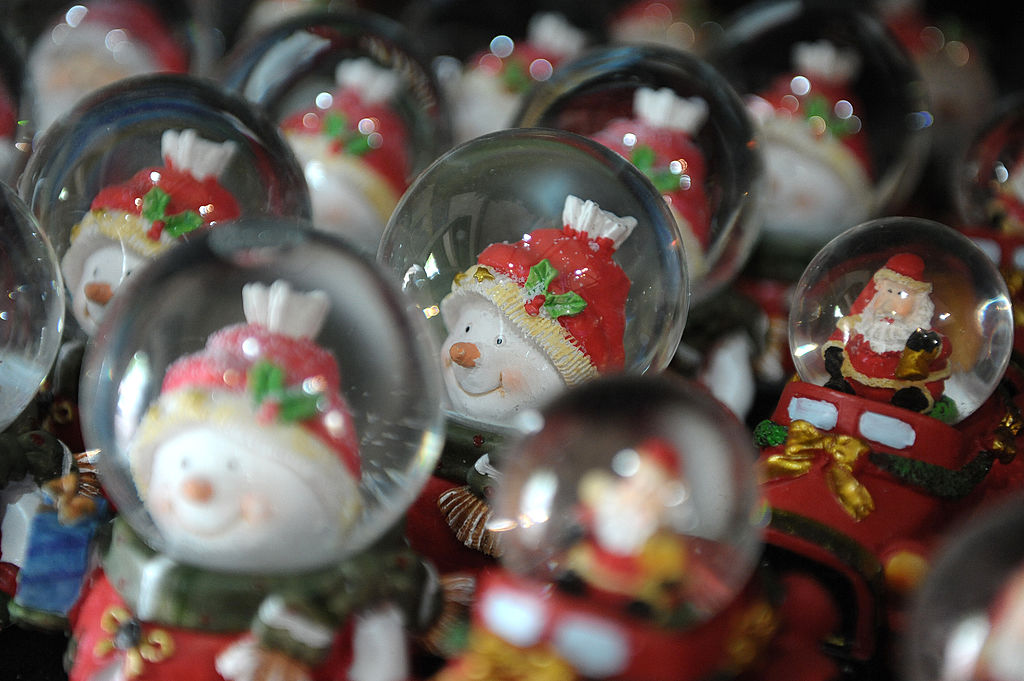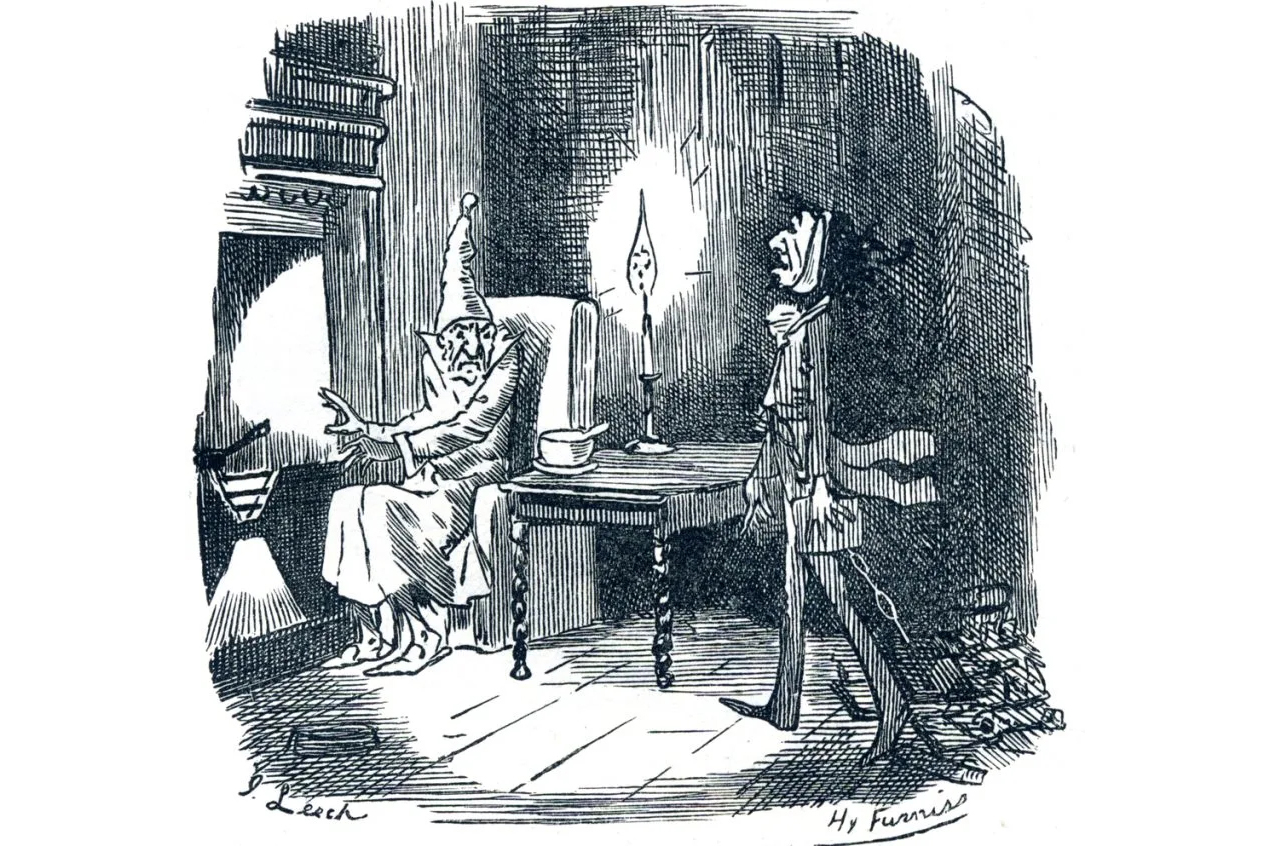The biggest purveyor of misinformation at the moment isn’t a podcast host or a foreign adversary. It’s a brewery.
Since announcing the release of its flagship Pumpkinhead Ale on August 1, Shipyard Brewing has commenced a cheeky ad campaign declaring that the dog days of summer are actually the perfect time to enjoy a fall beer. As Americans battle oppressive heat and humidity, the Portland, Maine, brewery has flooded its Instagram with photos of people sipping pumpkin ale on boats, and posts boldly declaring “Pumpkinhead Season is HERE!”
It shouldn’t be. Dropping pumpkin beers in the summer is a big mistake, and not because fall beers are inherently bad — quite the contrary. The problem is that releasing fall beers in August doesn’t make them available longer — it simply makes them available earlier. The result is a distorted seasonal release schedule that makes pumpkin beer hard to find when you want it most, and shortchanges drinkers year-round.
Shipyard isn’t alone in its early release. Dogfish Head and Sam Adams each dropped their fall beer collections on August 1. This wouldn’t be a problem if fall beers were always available. But seasonal beer releases generally come in two-month phases. When fall beers ship in August, they disappear just as fall begins.
A review of my favorite beer store’s Instagram illustrates exactly what I mean. Last year, the shop posted that its first shipment of fall beer arrived on July 20. By November 8, it was announcing the arrival of Christmas beers, including a pair of offerings from the Cleveland-based Masthead Brewing, “Robot Santa’s Christmas Ale” and the “Sleigh All Day IPA,” the latter of which is “brewed with spruce tips.”
The sooner fall beers arrive, the sooner they are replaced by winter beers. And that’s a problem, because fall beers are generally better than winter beers, and can be enjoyed for a longer period of time, in a wider variety of circumstances. That’s because the much-ballyhooed “pumpkin spice” blend is really just cinnamon and nutmeg, a flavor profile that is enjoyable whenever it isn’t hot out.
As a result, pumpkin beers can be enjoyed as easily at a mid-September tailgate or a Halloween party as they can alongside Thanksgiving dinner or Christmas cookies. More importantly, fall beer flavors work across a variety of styles of beer — from light and sweet pumpkin ales to medium-bodied Oktoberfests and hoppy IPAs.
Winter beers are a different story. These drinks are generally loaded up with flavors like gingerbread, peppermint and chocolate. Those flavors don’t work outside the Christmas season. More importantly, they only pair well with heavy, syrupy stouts and porters — not the ideal pairing for a fall football Sunday. These are beers meant to be enjoyed sparingly — and only in a very brief window.
Thanks to low demand, unwanted winter beers gather dust well into the new year. This in turn cannibalizes shelf time for midwinter beers, a class that includes Sam Adams’s Cold Snap, a blink-and-you’ll-miss-it gem. The vicious cycle begins again in August, as pumpkin beers arrive early and displace refreshing shandies or crisp Mexican lagers.
This trend leaves beer drinkers in the lurch. As one North Carolina bar manager told the food blog Unpretentious Palate, “every year we’ll have customers ask around Thanksgiving for pumpkin beer, but it’s rarely still available because it hits the shelves so early.”
Fortunately, there’s a simple solution to this problem: wait until the fall to release fall beers. One brewery owner did just that, announcing that he was holding the release of his pumpkin beers until September 1 to end the “foolishness” of summer releases.
“Enough is enough,” the brewer said, noting that pumpkin beers were “designed to be enjoyed from early fall through Thanksgiving and into the Christmas holidays,” and that pushing up their distribution has “stripped these beers of their context and fun.”
That was Shipyard founder and CEO Fred Forsley, speaking about Pumpkinhead in 2016. Someone should remind him he got it right the first time.



